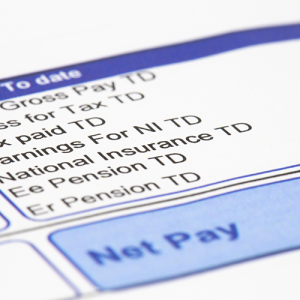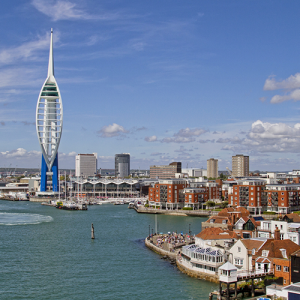By Vivienne Russell
18 February 2010
January was a bad month for the public finances as tax receipts collapsed, forcing the government to borrow £4.3bn.
Latest figures from the Office for National Statistics, published today, reveal that public sector net debt was £848.5bn at the end of January, equivalent to 59.9% of gross domestic product.
Net borrowing was £9.6bn higher than in January 2009 when net lending prevailed. This is the first time the government has had to borrow money in January since records began in 1993.
January is usually the peak month for tax receipts, but they were 7.7% lower than last January. The independent Institute for Fiscal Studies noted that receipts from Income Tax, Capital Gains Tax and National Insurance Contributions were 14% down on a year ago.
But IFS research economist Rowena Crawford said that, while the figures were poor, borrowing over the whole of 2009/10 was still likely to come in below the Pre-Budget Report forecast of £177.6bn.
‘Our Green Budget analysis suggests that both receipts and spending will grow more quickly in the final two months of the financial year than over the past ten months,’ she said.
‘Growth in receipts so far has been on course to meet [Chancellor Alistair] Darling's forecast, but the Green Budget forecast that it would pick up more strongly over the rest of the financial year.
‘Non-investment spending by central government, which is currently growing less quickly than forecast by either Darling or the Green
Budget for the year as a whole, is likely to pick up in February and March.’
John Hawksworth, head of macroeconomics at consultantcy PricewaterhouseCoopers, said the figures were ‘disappointing after a couple of months where the budget deficit has come in lower than expected’.
He added: ‘Even if the Treasury more or less hits its budget deficit forecast for 2009/10, however, this would still leave borrowing at a postwar record as a share of GDP.
‘There is still a large structural deficit to be tackled and this is likely to require further tax rises and real spending cuts once the recovery is secure, over and above what has already been announced.’
18 February 2010
January was a bad month for the public finances as tax receipts collapsed, forcing the government to borrow £4.3bn.
Latest figures from the Office for National Statistics, published today, reveal that public sector net debt was £848.5bn at the end of January, equivalent to 59.9% of gross domestic product.
Net borrowing was £9.6bn higher than in January 2009 when net lending prevailed. This is the first time the government has had to borrow money in January since records began in 1993.
January is usually the peak month for tax receipts, but they were 7.7% lower than last January. The independent Institute for Fiscal Studies noted that receipts from Income Tax, Capital Gains Tax and National Insurance Contributions were 14% down on a year ago.
But IFS research economist Rowena Crawford said that, while the figures were poor, borrowing over the whole of 2009/10 was still likely to come in below the Pre-Budget Report forecast of £177.6bn.
‘Our Green Budget analysis suggests that both receipts and spending will grow more quickly in the final two months of the financial year than over the past ten months,’ she said.
‘Growth in receipts so far has been on course to meet [Chancellor Alistair] Darling's forecast, but the Green Budget forecast that it would pick up more strongly over the rest of the financial year.
‘Non-investment spending by central government, which is currently growing less quickly than forecast by either Darling or the Green
Budget for the year as a whole, is likely to pick up in February and March.’
John Hawksworth, head of macroeconomics at consultantcy PricewaterhouseCoopers, said the figures were ‘disappointing after a couple of months where the budget deficit has come in lower than expected’.
He added: ‘Even if the Treasury more or less hits its budget deficit forecast for 2009/10, however, this would still leave borrowing at a postwar record as a share of GDP.
‘There is still a large structural deficit to be tackled and this is likely to require further tax rises and real spending cuts once the recovery is secure, over and above what has already been announced.’

















